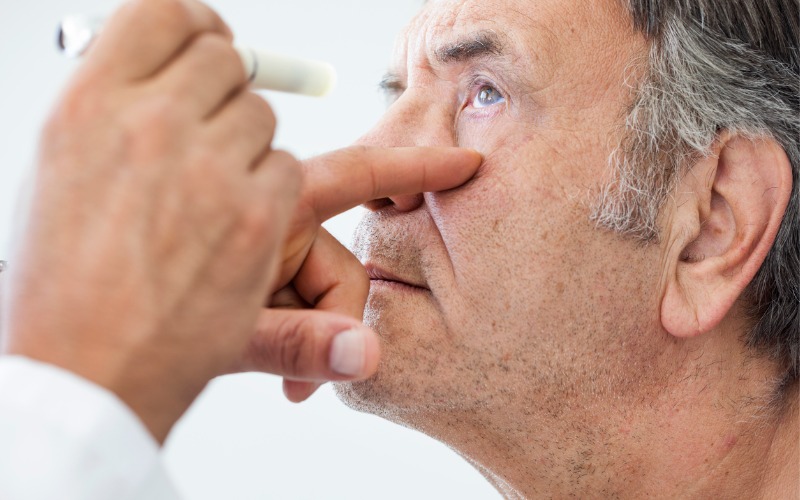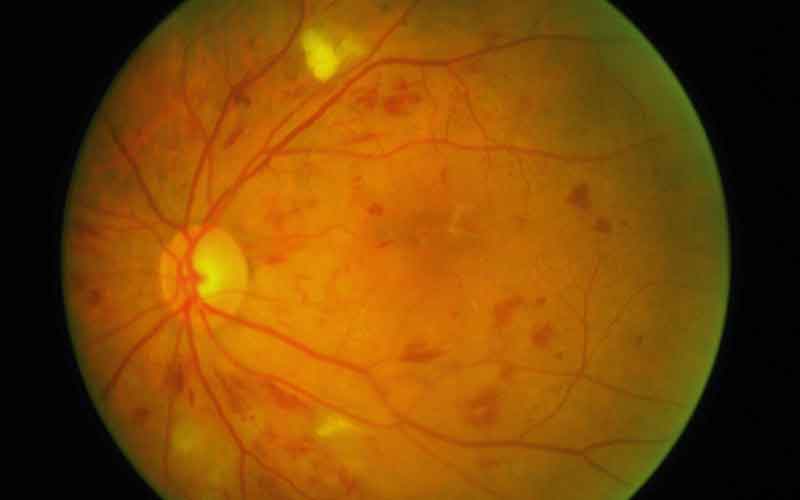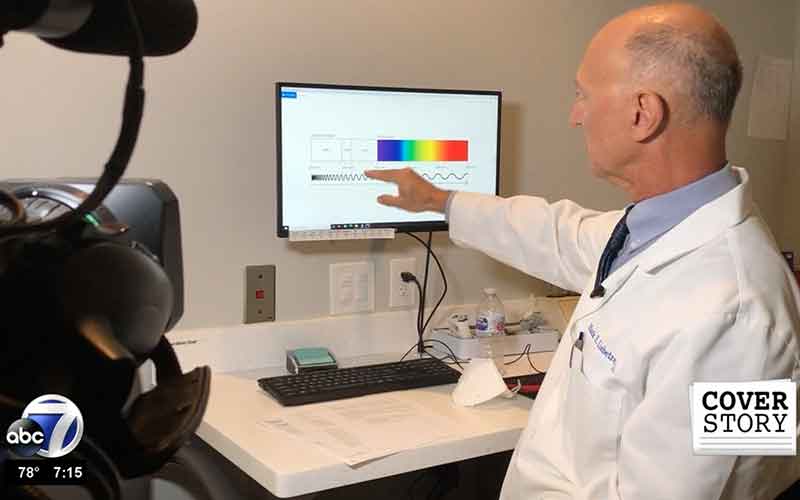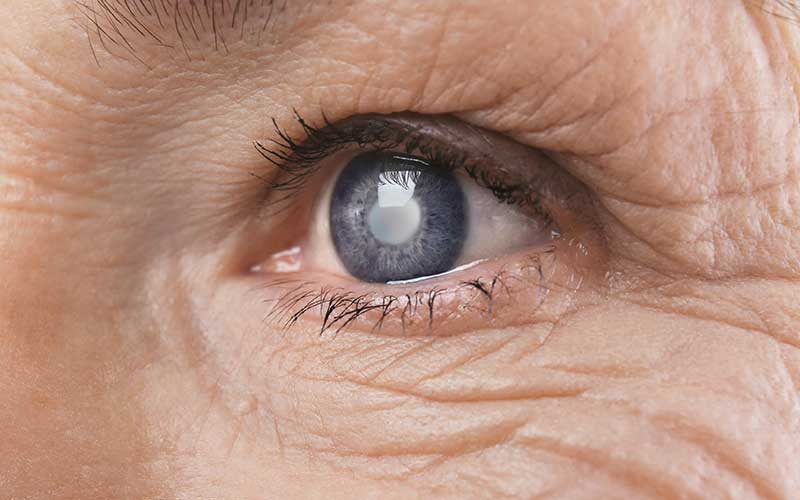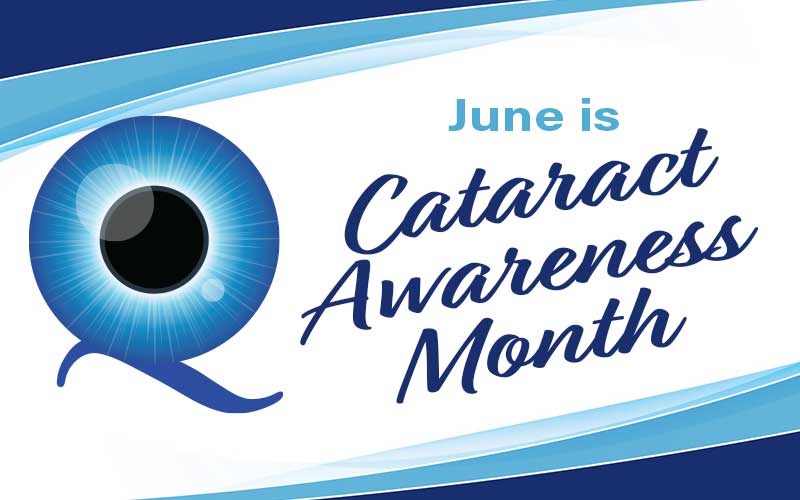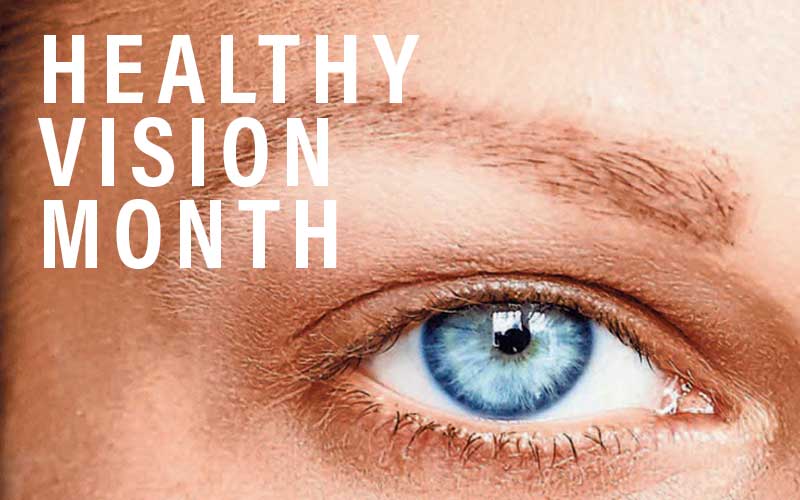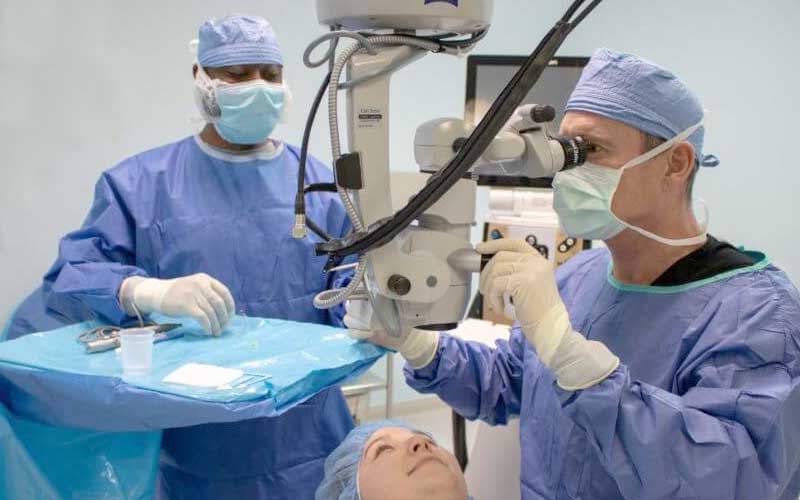Pink eye, also known as conjunctivitis, is a common condition that affects many Americans every year. While it can be uncomfortable and sometimes even painful, the good news is that conjunctivitis is typically not serious. However, occasionally, conjunctivitis can herald a more serious condition, and if left untreated, it can lead to more severe complications. Therefore, it’s important to understand pink eye, its symptoms, causes, and treatment options.
What is Pink Eye?
Pink eye is an inflammation or infection of the conjunctiva – the surface tissue of the eye. The conjunctiva is a thin, almost transparent tissue that lines both the inside of our eyelids and covers the white part of our eye itself. Inflammation or infection of the conjunctiva causes it to become red or pink and can be caused by irritation or infection of the eye by bacteria, viruses, allergies, or other irritants.
The viral forms of “pink eye” are often highly contagious and can be easily spread from person to person through contact with an infected person’s eye discharge or by touching contaminated objects. Since it can be difficult to tell whether a pink eye is caused by a viral infection or another non-contagious cause, it is best to take precautions until a diagnosis is made.
Recognizing the Symptoms of Pink Eye
Recognizing the symptoms of conjunctivitis may lead to quicker treatment and relief. Here are some of the signs and symptoms that would indicate that a person has conjunctivitis:
- Redness
- Discharge
- Itching and irritation
- Tearing
- Swelling
- Sensitivity to light
What Causes Pink Eye?
Conjunctivitis can be triggered by various factors, broadly categorized into infectious and non-infectious causes. It’s essential to recognize its underlying cause to help determine the best treatment for conjunctivitis. In addition, knowing what causes pink eye can assist you in preventing it. Here’s a breakdown of the most common triggers of pink eye:
- Viruses: One of the most frequent culprits behind conjunctivitis are viruses, particularly those associated with the common cold. Viral conjunctivitis is highly contagious and can spread rapidly.
- Bacteria: Bacterial conjunctivitis, while less common than viral, may lead to more severe symptoms. It is characterized by a thick, often yellow-green discharge and can sometimes be accompanied by an ear infection.
- Allergies: Allergic conjunctivitis is triggered by allergens like pollen, dust, and pet dander. This type of conjunctivitis is often seasonal and is accompanied by other allergic symptoms such as sneezing and a runny nose.
- Irritants: Exposure to certain chemicals, smoke, and chlorine in swimming pools can irritate the eyes, leading to conjunctivitis.
- Autoimmune: Conjunctivitis can occur as a result of eye inflammation from autoimmune diseases like lupus and rheumatoid arthritis.
Effective Treatment and Prevention Strategies
Effectively managing conjunctivitis involves a combination of appropriate treatment and preventive measures. The approach varies depending on the cause of the conjunctivitis, but there are general strategies that can aid in recovery and help prevent future occurrences. Quigley Eye Specialists can perform a comprehensive evaluation and determine the best course of action.
Treatment Strategies
- Medical Interventions: For bacterial conjunctivitis, antibiotic eye drops or ointments are commonly prescribed. Viral conjunctivitis often resolves on its own, but in severe cases, antiviral or anti-inflammatory medications may be necessary. Allergic conjunctivitis is often treated with antihistamine eye drops or, in severe cases, topical steroids.
- Home Remedies: A warm compress can help alleviate discomfort and clean away the discharge. Cold compresses can help reduce swelling. Over-the-counter lubricating eye drops can also provide relief from dryness and irritation.
Prevention Strategies
- Hygiene Practices: Regular hand washing is crucial to prevent the spread of infectious conjunctivitis. Avoid touching or rubbing your eyes.
- Avoid Sharing Personal Items: Towels, pillows, eyewear, eye drops, and makeup should not be shared, as they can be vehicles for transmitting the infection.
- Control Allergens: For allergic conjunctivitis, minimizing exposure to allergens like pollen, dust, and pet dander can help prevent flare-ups.
- Use Protective Eyewear: Wearing sunglasses or protective goggles in windy, sunny, or chemically exposed environments can shield your eyes from irritants.
Book Your Consultation With Quigley Eye Specialists
At Quigley Eye Specialists, we are committed to your eye health. Equipped with state-of-the-art diagnostic tools and a team of experienced eye care professionals, we can swiftly identify and treat pink eye. Regular eye exams are vital to catching and addressing eye issues early, and we’re here to ensure your vision is the best it can be. Don’t let conjunctivitis or other issues blur your world. Book your appointment today and take the first step toward clear, healthy vision.






